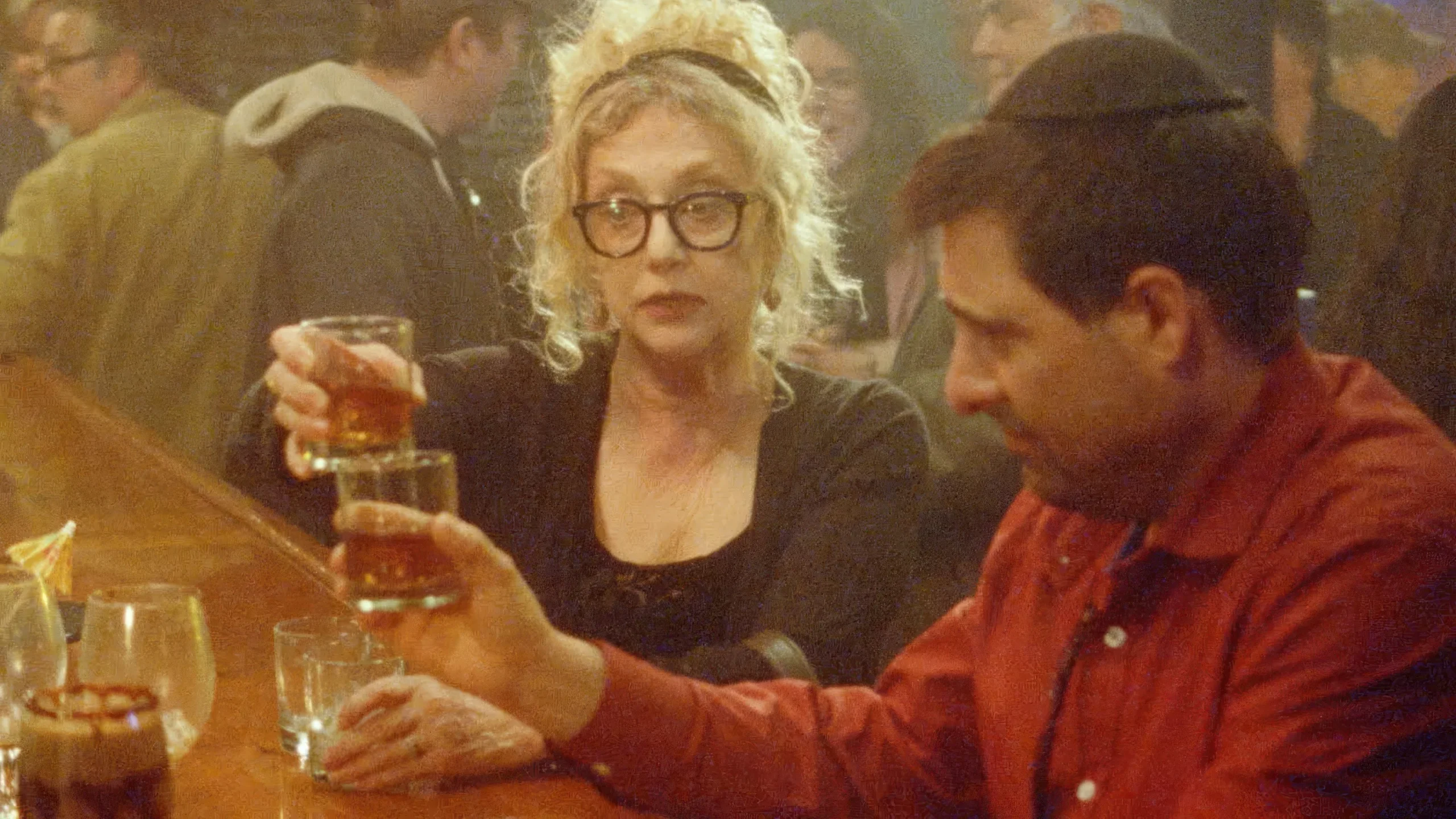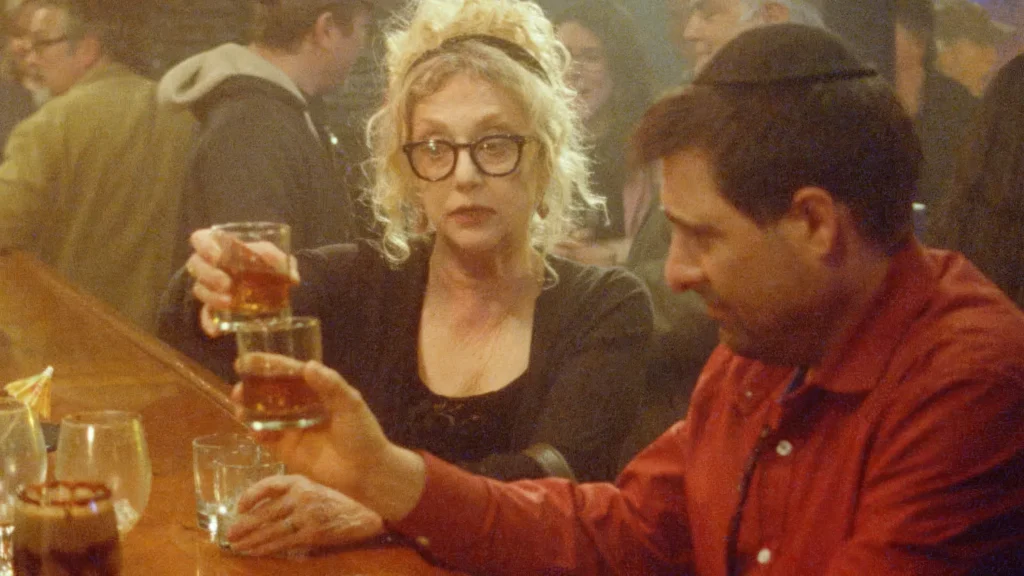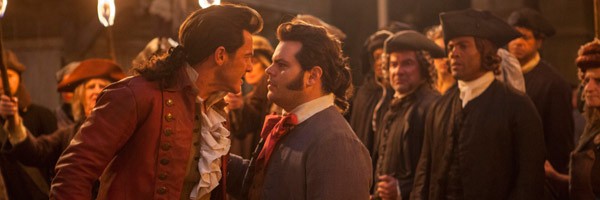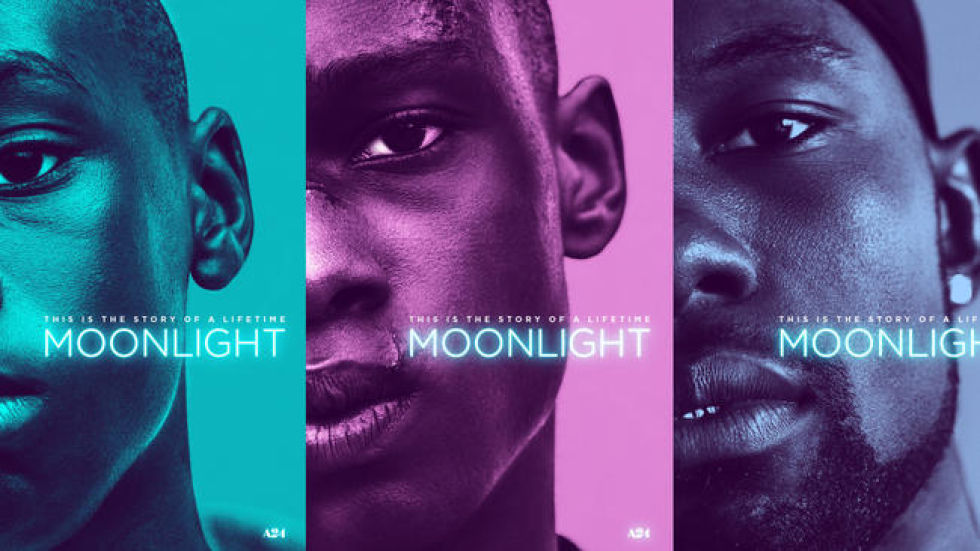The Wedding Banquet
Posted on April 17, 2025 at 5:16 pm
B| Lowest Recommended Age: | Mature High Schooler |
| MPAA Rating: | Rated R for language, some sexual material, and nudity |
| Profanity: | Constant f-words, strong language |
| Alcohol/ Drugs: | Drinking and drunkenness |
| Violence/ Scariness: | Family issues |
| Diversity Issues: | A theme of the movie |
| Date Released to Theaters: | April 18, 2025 |
“The Wedding Banquet,” more an adaptation than a direct remake of the Ang Lee film of the same name, may appear from the marketing to be a comedy, even an outright farce. But it is a bittersweet, tender-hearted story about the families we are born into and the ones we find for ourselves. Of course, both kinds of families can hurt our feelings and drive us crazy.
Lee (“Killers of the Flower Moon’s” Lily Gladstone) and Angela (Kelly Marie Tran from “The Last Jedi”) live in Seattle, in a home Lee inherited from her father, on land that was once the home of the indigenous Duwamish people who were her ancestors. Their closest friends Min (Han Gi-Chan) and Chris (“SNL’s” Bowen Yang live in a guest house on the property.
Both couples are devoted and very much in love, but each has a difficult problem. Lee and Angela have just had a second very expensive failed attempt at IVF and are struggling emotionally and financially about taking a chance on one more try. Angela’s mother May Chen (the always-ravishing Joan Chen) is very supportive but also intrusive and self-centered, enjoying her involvement in a Pride group for Asian-Americans and their families.

Min is Korean. His student visa has run out and he is under a lot of pressure from his wealthy grandmother (Youn Yuh-Jung as Ja-Young) to return home and take a job in the family business. He proposes to Chris, but Chris does not want to feel that Min only wants to get married so he can stay in the US.
Min thinks he can solve everyone’s problems by marrying Angela so he won’t have to leave the country and in return paying for the next IVF treatment for Lee. But he will learn what Sir Walter Scott said so accurately: “Oh what a tangled web we weave/When first we practice to deceive.” Every lie leads to another complication, including the arrival of Ja-Young and her insistence that they have a full-on Korean ceremony, which includes many photographs and a banquet.
There is at least one plot development that may be convenient but stretches credulity a few steps too far. But it avoids being predictable and sit-com-ish, with the four characters racing around to prevent Ja-Young from learning the truth and overly predictable twists. It is a much gentler film, and as appealing as the actors playing the two couples are, the heart of the film is the two women in the older generations. Yuh-Jung is spectacularly moving as the grandmother who wants for her grandson what she never had, a loving marriage. It turns out she is enmeshed in her own performative effort and that she is wiser and more compassionate than Min allowed himself to see. Chen gets a chance to show off some crack comic timing as well as a touching scene with her daughter. It is the performances that carry the day here, with everyone involved clearly having a wonderful time revisiting a film that meant a lot to them.
Parents should know that this film includes strong language, drinking and drunkenness, and a non-explicit sexual situation with brief nudity.
Family discussion: Why did Angela’s mother annoy her so much? Were you surprised by Ja-Young’s reaction to meeting Angela? The story reflects many changes in society since the 1993 original that inspired it. What changes do you think we will see if they do another version in 30 years?
If you like this, try: the Ang Lee original film that inspired this one







